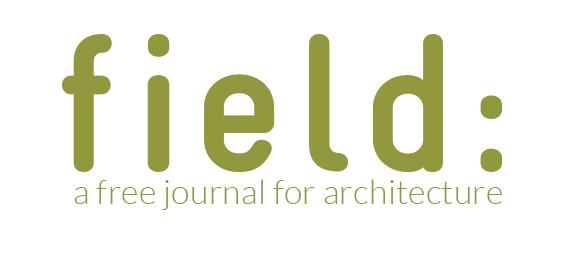Abstract
In this paper we reflect on how bordering emerge in urban integration processes in relation to two geopolitical belongings. The paper emanates from a performative dialogic event, labelled Lund Irbid Parallel Walk connecting two geopolitical regions: one in Europe through the city of Lund in the South of Sweden, and one in the Middle East that is Irbid located in the North of Jordan. Here, we reflect on key places addressed through this staged dialogic event, looking into bordering processes and their effects in and around the two cities. By addressing cultural heritage areas, official government buildings, but above all areas where newcomers have settled, or been placed within the lay-out of the two cities, we trace histories, architecture, and contestations around different bordering processes, exploring how they have been shifting, and emerging. The geopolitical belongings of Lund and Irbid, representing a division between a global North and South, show interesting local complexities as regards ways of handling housing for newcomers, especially refugees, linked to the history of neighboring relations on minor as well as major scales. In this paper we point to varying mechanisms of integration in the two cities, as regards how local border-formation appears, especially as related to architectural and urban transformation.
Keywords: Urban integration, newcomers’ settlements, bordering process, geopolitical belongings, architectural patterns
How to Cite:
Al Khalidi, M. & Sandin, G., (2023) “Bordering Principles and Integration in Urban Context: Parallel Insights from Lund and Irbid”, field 9(1). doi: https://doi.org/10.62471/field.111

